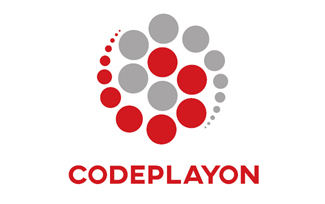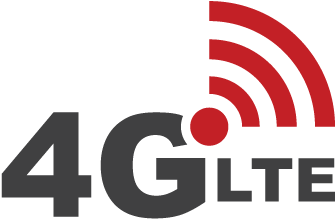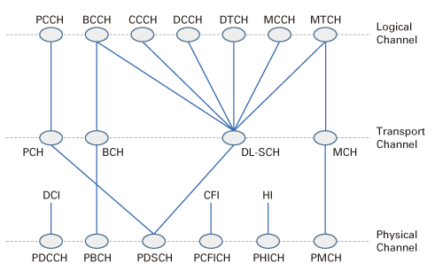NB-IoT Frequency Bands (As per 3GPP Rel. 13, 14 and 15)
3GPP has defined a set of frequency bands for which NB-IoT can be used. 3GPP TS 36.101 from Release 13 provides the list of the supported bands: 1, 2, 3, 5, 8, 12, 13, 17, 18, 19, 20, 26, 28, 66 and Release 14 added the bands: 11, 25, 31 and 70. Later, 3GPP Release 15 added further bands: 4, 14, 71, 72, 73, 74 and 85. For Narrow Band IoT system operates in HD-FDD duplex mode.
NB-IoT Forum members, so far, indicates a variety of bands have been used. Below is an overview of the frequency bands supported in the different regions:
- North America: B4 (1700), B12 (700), B66 (1700), B71 (600), B26 (850)
- Asia Pacific: B1(2100), B3(1800), B5(850), B8(900), B18(850), B20(800), B26(850)
and B28(700); - Europe: B3 (1800), B8 (900) and B20 (800);
- Latin America: B2(1900), B3(1800), B5(850) and B28(700)
- Commonwealth of Independent States: B3 (1800), B8 (900) and B20 (800);
- Sub-Saharan Africa: B3(1800) and B8(900);
- Middle East and North Africa: B8(900) and B20(800);
These bands are only a subset of the bands supported by 3GPP Release 13 are likely to be used: a total of thirteen frequency bands (1, 2, 3, 4, 5, 8, 12, 18, 20, 26, 28, 66 and 71). After looking at the minimum overlap of the bands for individual countries, a minimum of ten bands: 1, 2, 3, 4, 5, 8, 12, 20, 26 and 28 are required for coverage in all the countries for which the NB-IoT forum members have suggested.
3GPP Release 13 NB IoT Frequency Band Details :
| NB Band | Uplink (UL) Operating Band BS Receive / UE Transmit FUL_low – FUL_high |
Downlink (DL) Operating Band BS Transmit / UE Receive FDL_low – FDL_high |
Duplex Mode |
| B1 | 1920 MHz – 1980 MHz | 2110 MHz – 2170 MHz | HD-FDD |
| B2 | 1850 MHz – 1910 MHz | 1930 MHz – 1990 MHz | HD-FDD |
| B3 | 1710 MHz – 1785 MHz | 1805 MHz – 1880 MHz | HD-FDD |
| B5 | 824 MHz – 849 MHz | 869 MHz – 894 MHz | HD-FDD |
| B8 | 880 MHz – 915 MHz | 925 MHz – 960 MHz | HD-FDD |
| B12 | 699 MHz – 716 MHz | 729 MHz – 746 MHz | HD-FDD |
| B13 | 777 MHz – 787 MHz | 746 MHz – 756 MHz | HD-FDD |
| B17 | 704 MHz – 716 MHz | 734 MHz – 746 MHz | HD-FDD |
| B18 | 815 MHz – 830 MHz | 860 MHz -875 MHz | HD-FDD |
| B19 | 830 MHz – 845 MHz | 875 MHz – 890 MHz | HD-FDD |
| B20 | 832 MHz – 862 MHz | 791 MHz -821 MHz | HD-FDD |
| B26 | 814 MHz – 849 MHz | 859 MHz – 894 MHz | HD-FDD |
| B28 | 703 MHz – 748 MHz | 758 MHz – 803 MHz | HD-FDD |
| B66 | 1710 MHz – 1780 MHz | 2110 MHz – 2200 MHz | HD-FDD |
3GPP Release 14 NB IoT Frequency Band Addition :
| NB Band | Uplink (UL) Operating Band BS Receive / UE Transmit FUL_low – FUL_high |
Downlink (DL) Operating Band BS Transmit / UE Receive FDL_low – FDL_high |
Duplex Mode |
| B11 | 1427.9 MHz – 1447.9 MHz | 1475.9 MHz – 1495.9 MHz | HD-FDD |
| B25 | 1850 MHz – 1915 MHz | 1930 MHz -1995 MHz | HD-FDD |
| B31 | 452.5 MHz – 457.5 MHz | 462.5 MHz – 467.5 MHz | HD- FDD |
| B70 | 1695 MHz – 1710 MHz | 1995 MHz – 2020 MHz | HD-FDD |
3GPP Release 15 NB IoT Frequency Band Addition :
| NB Band | Uplink (UL) Operating Band BS Receive / UE Transmit FUL_low – FUL_high |
Downlink (DL) Operating Band BS Transmit / UE Receive FDL_low – FDL_high |
Duplex Mode |
| B4 | 1710 MHz – 1755 MHz | 2110 MHz – 2155 MHz | HD-FDD |
| B14 | 788 MHz – 798 MHz | 758 MHz – 768 MHz | HD-FDD |
| B71 | 663 MHz – 698 MHz | 617 MHz – 783 MHz | HD-FDD |
| B72 | 451 MHz – 456 MHz | 461 MHz – 466 MHz | HD-FDD |
| B73 | 450 MHz – 455 MHz | 461 MHz – 465 MHz | HD -FDD |
| B74 | 1427 MHz – 1470 MHz | 1475 MHz -1518 MHz | HD- FDD |
| B85 | 698 MHz – 716 MHz | 728 MHz – 746 MHz | HD-FDD |
References :
- LTE; Evolved Universal Terrestrial Radio Access (E-UTRA); User Equipment (UE) radio transmission and reception (3GPP TS 36.101 version 13.6.1 Release 13)
- LTE; Evolved Universal Terrestrial Radio Access (E-UTRA); User Equipment (UE) radio transmission and reception (3GPP TS 36.101 version 14.5.0 Release 14)
- LTE; Evolved Universal Terrestrial Radio Access (E-UTRA); User Equipment (UE) radio transmission and reception (3GPP TS 36.101 version 15.3.0 Release 15)
- GSMA White Paper



